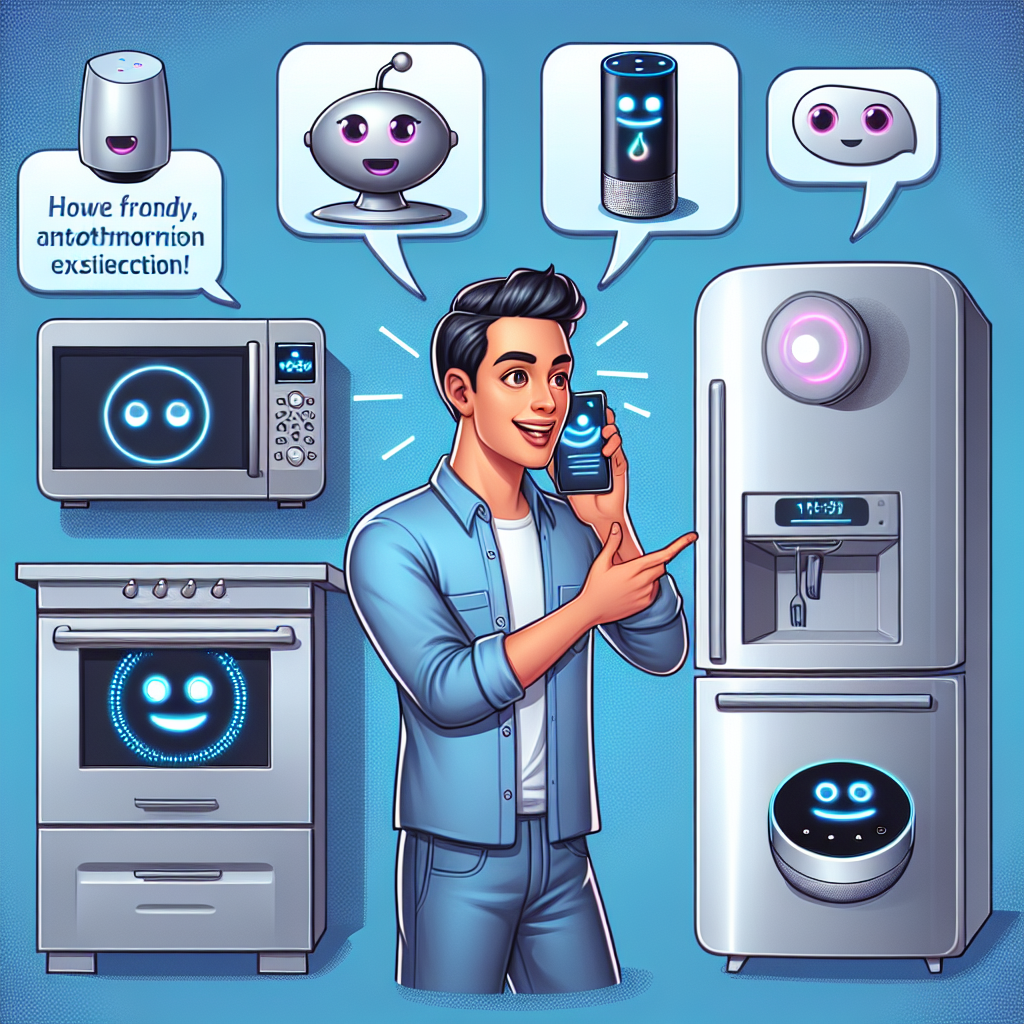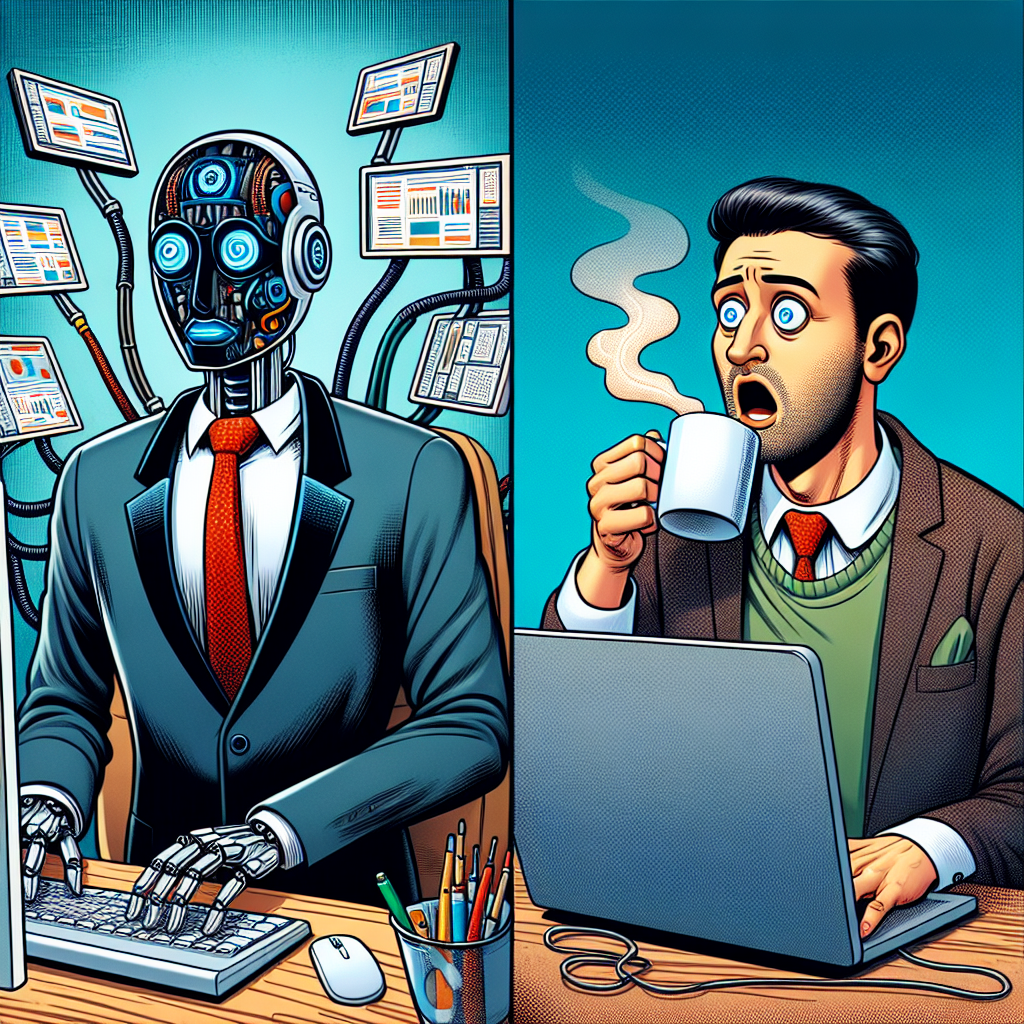Ever feel like you’re drowning in a sea of tasks, with notifications pinging from every direction and deadlines breathing down your neck? You’re not alone. For entrepreneurs running one-person shows, small business teams juggling multiple roles, and developers trying to build the next big thing, chaos isn’t just an occasional visitor—it’s practically a roommate.
The good news? There’s a revolutionary solution transforming these chaotic workflows into streamlined, profit-generating systems: AI SaaS Creation Platforms. These powerful tools aren’t just fancy tech jargon—they’re the difference between spending hours on repetitive tasks and focusing on what actually grows your business.
Think about your typical workday. How much time do you waste switching between apps, manually transferring data, or handling routine tasks that don’t require your unique expertise? For most of us, it’s a shocking amount. Studies show the average professional spends nearly 60% of their workday on coordination rather than core job functions. That’s three days a week essentially lost to workflow chaos!
But what if you could reclaim that time? What if your workflow could practically run itself, freeing you to focus on innovation and growth? That’s the transformative promise of AI SaaS platforms—turning your business operations from energy-draining chaos into money-making machines.
Empowering Users with AI Agent Technology and Low-Code Platforms
Remember when creating software required years of coding experience? Those days are rapidly fading thanks to the combination of AI Agent Technology and Low-Code Platforms. This powerful duo is democratizing tech creation in unprecedented ways.
AI agents act like digital workers that can understand instructions, learn from data, and perform complex tasks without constant supervision. When paired with low-code platforms, they become accessible to virtually anyone with an idea—regardless of technical background.
“The beauty of today’s low-code AI platforms is that they’ve removed the technical barriers,” explains a startup founder who transformed his customer service operation. “I dragged and dropped my way to an automated support system that handles 70% of our inquiries. No coding required.”
These user-friendly AI tools typically feature intuitive interfaces with visual elements like:
- Drag-and-drop workflow builders
- Pre-built templates for common business processes
- Simple “if-this-then-that” logic builders
- Visual connectors between different applications
The real game-changer, though, is intelligent collaboration tools. These systems go beyond basic automation by facilitating seamless teamwork between humans and AI. For example, an AI assistant might analyze customer feedback data, identify patterns, and then present these insights during team meetings—effectively becoming another team member.
A marketing agency owner shares: “Our intelligent collaboration platform doesn’t just organize our client work—it actively suggests content ideas based on trending topics and past performance. It’s like having a digital strategist that never sleeps.”
For small businesses, these tools eliminate the need to hire specialized roles for every function. The AI handles data analysis, scheduling, and routine communications, while human team members focus on creativity, relationship-building, and strategic decisions—the areas where people still outshine machines.
Hyperautomation: The Ultimate Workflow Optimization
If basic workflow automation is level one, hyperautomation is the boss level. This advanced approach combines multiple technologies—AI, machine learning, robotic process automation, and more—to create systems that don’t just execute tasks but continuously improve themselves.
Hyperautomation represents a fundamental shift in how we think about business processes. Rather than simply moving information from point A to point B, hyperautomated systems can:
- Identify inefficiencies in existing workflows
- Recommend optimizations based on performance data
- Adapt to changing conditions without human intervention
- Handle increasingly complex decisions as they learn
A real-world example comes from a small e-commerce business that implemented hyperautomation for inventory management. “Our system now predicts seasonal demand fluctuations, automatically adjusts inventory levels, coordinates with suppliers, and even adapts shipping routes based on weather conditions,” the owner explains. “What used to require three full-time employees now runs with minimal oversight.”
In healthcare, hyperautomation is transforming patient care coordination. One clinic implemented a system that automatically schedules appointments, sends reminders, processes insurance verification, and even prioritizes urgent cases—all while learning from patterns to improve efficiency over time.
Manufacturing companies are using hyperautomation to create self-optimizing production lines that adjust parameters based on quality outcomes, material variations, and energy efficiency metrics. A furniture maker reports: “Our production waste has decreased by 23% since implementing our hyperautomated workflow system, which constantly fine-tunes cutting patterns based on real-time feedback.”
The true power of hyperautomation lies in its compound effect. Each optimization creates space for further improvements, leading to exponential rather than linear gains in productivity and cost reduction.
Personal Use AI Products: Your Digital Life Assistant
The workflow revolution isn’t limited to businesses. Customizable AI digital workers are transforming personal productivity as well, helping individuals manage the increasing complexity of modern life.
Personal use AI products serve as digital life assistants, handling everything from calendar management to health tracking. Unlike one-size-fits-all apps, these AI assistants can be tailored to your specific needs and preferences.
Imagine waking up to a personalized morning brief from your AI assistant: “Good morning! You have three priority tasks today, including the project due at 3 PM. Based on traffic patterns, you should leave by 8:15 for your 9 AM meeting. Your energy usage suggests a 10-minute meditation would be beneficial before starting work.”
These personalized AI assistants excel at:
- Managing complex scheduling across work and personal calendars
- Filtering and prioritizing communications based on learned preferences
- Tracking health metrics and suggesting lifestyle adjustments
- Organizing information from multiple sources into useful knowledge bases
- Automating routine tasks like bill payments and subscription management
A freelance designer shares her experience: “My personal AI workflow manager has transformed my productivity. It handles client follow-ups, tracks my project hours, reminds me about deadlines, and even suggests when I should take breaks based on my focus patterns. I’ve increased my billable hours by 30% without working more.”
For parents juggling family and work responsibilities, these AI assistants are particularly valuable. One working parent reports: “My AI system coordinates our family calendar, tracks school assignments, manages grocery lists based on meal plans, and even reminds me about important dates like school events or medication refills. It’s like having a family manager who never gets tired.”
The beauty of personal use AI products is their ability to learn and adapt to your specific needs over time, becoming increasingly valuable as they gather more data about your preferences and patterns.
From Personal Tool to Income Stream: Sharing and Selling AI Products
Here’s where things get really interesting: the same AI SaaS creation platforms that help you build solutions for your own needs can become sources of income.
The market for customized AI solutions is exploding, with businesses and individuals willing to pay for tools that solve specific problems. If you’ve created an AI workflow that streamlines a particular process for your business, chances are others in your industry face the same challenges.
A graphic designer who built an AI system to manage her client workflow explains: “I created a custom AI assistant that handles project intake, client communication scheduling, and design revision tracking. When I shared how it worked in an industry forum, I had dozen of designers asking if they could use it. Now I sell subscriptions to my system as a secondary income stream.”
The opportunities for sharing and selling AI products include:
- Industry-specific workflow templates
- Custom AI agents programmed for particular tasks
- Specialized data analysis tools
- Unique integrations between popular platforms
- Training datasets for specific business contexts
The low-code nature of modern AI SaaS creation platforms means you don’t need to be a developer to create sellable products. A restaurant owner who created an AI-powered scheduling system explains: “I built it to solve my own staffing headaches, with no intention of selling it. But after other restaurant owners saw how it worked, I’ve now licensed it to 17 local restaurants. It’s become nearly 20% of my total business income.”
Some entrepreneurs are even building their primary businesses around creating and selling AI workflows. “I identify common pain points in different industries, then build customized AI solutions that address those specific challenges,” explains one successful AI product creator. “Because the platforms make creation so accessible, I can focus on understanding the problems rather than the technical implementation.”
This democratization of AI creation is fostering unprecedented innovation as people with industry knowledge but limited technical skills can now build and distribute solutions.
Zygote.AI: Democratizing AI Creation for Everyone
The vision of accessible AI creation perfectly aligns with Zygote.AI’s core philosophy: empowering everyone to turn ideas into AI SaaS products, whether for personal use, sharing, or selling.
At Zygote.AI, we believe that the future of work isn’t about humans being replaced by AI—it’s about humans being empowered by AI. Our user-friendly low-code platform makes this future accessible today, enabling individuals and small teams to create intelligent applications without specialized coding skills.
The potential of customizable AI digital workers extends across countless industries and use cases. For individual entrepreneurs struggling to manage all aspects of their business, our platform offers the ability to create digital assistants that handle everything from customer inquiries to project management. Small businesses can develop workflow automations that scale their capabilities without expanding headcount. Developers can rapidly prototype and deploy AI applications without building infrastructure from scratch.
Perhaps most exciting is our vision for fully autonomous workflows. We’ve already developed systems that can select topics, write content, generate illustrations, perform reviews, and publish promotional articles—all with minimal human oversight. This represents just the beginning of what’s possible when intelligent automation is made accessible to everyone.
The future of work belongs to those who can effectively partner with AI to enhance their capabilities. By democratizing AI creation, Zygote.AI is ensuring that this future isn’t limited to tech giants and specialists, but is open to anyone with an idea and the desire to improve how work gets done.
Ready to transform your chaotic workflows into efficient, money-making machines? Explore how an AI SaaS creation platform can revolutionize your work processes, reclaim your time, and potentially create new revenue streams. The tools to build your ideal workflow are now within reach—what will you create?









